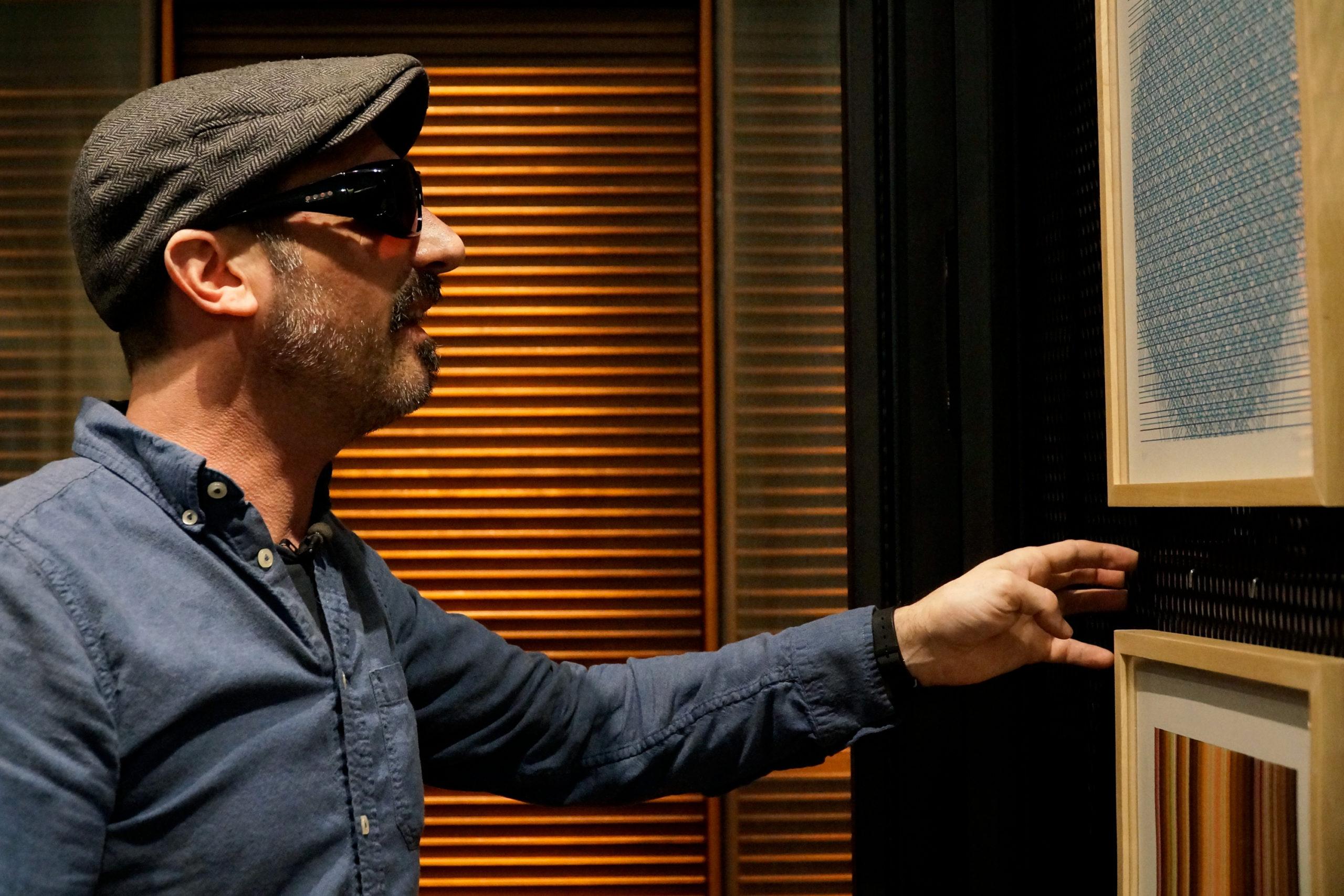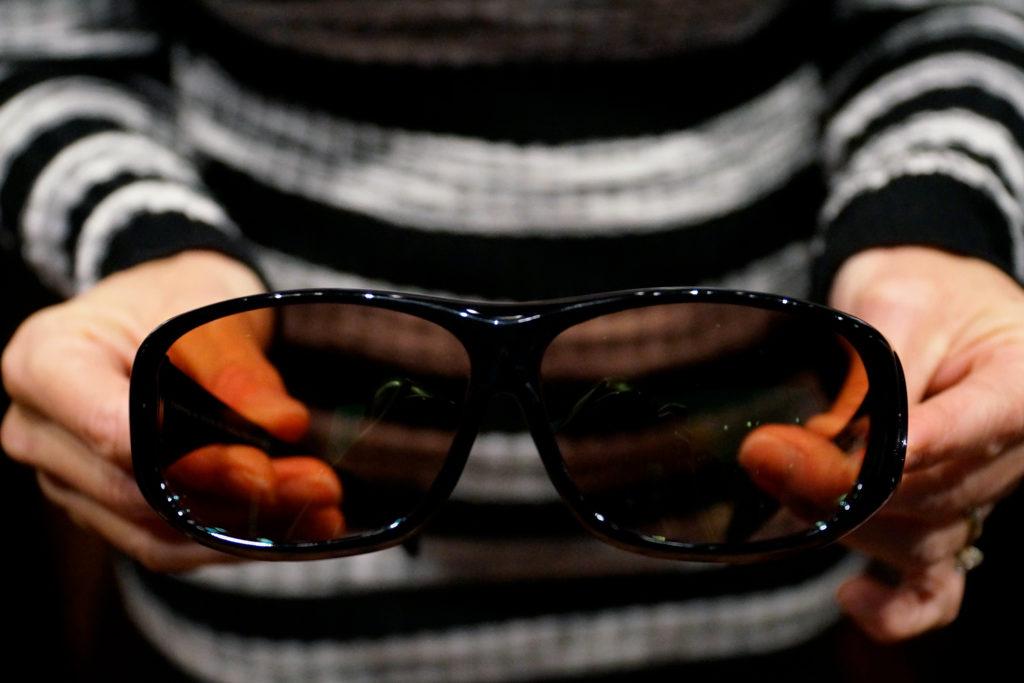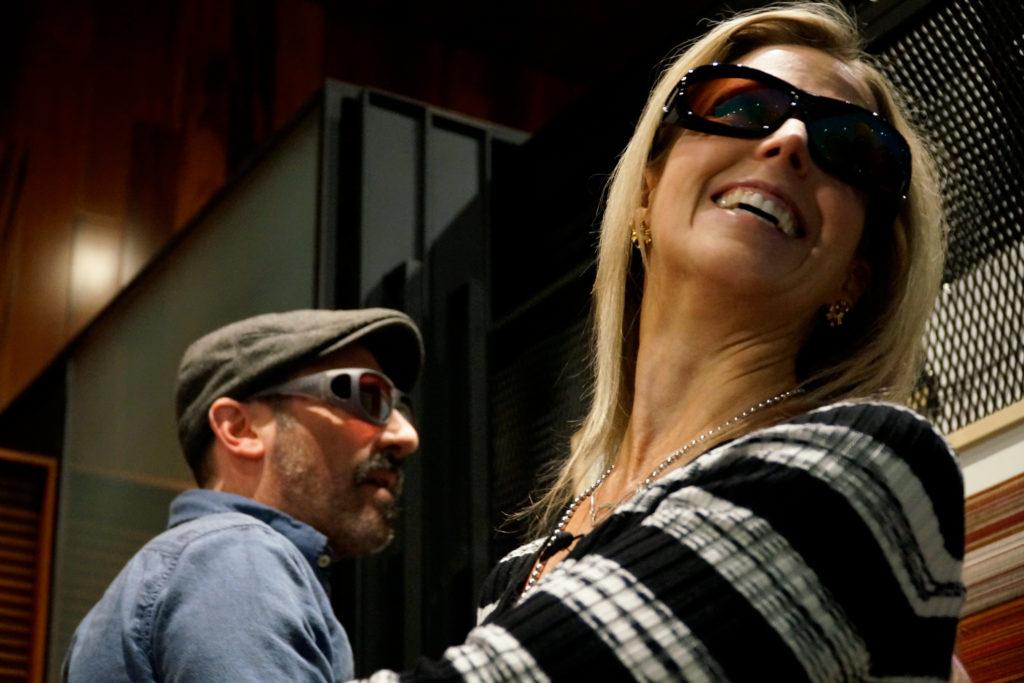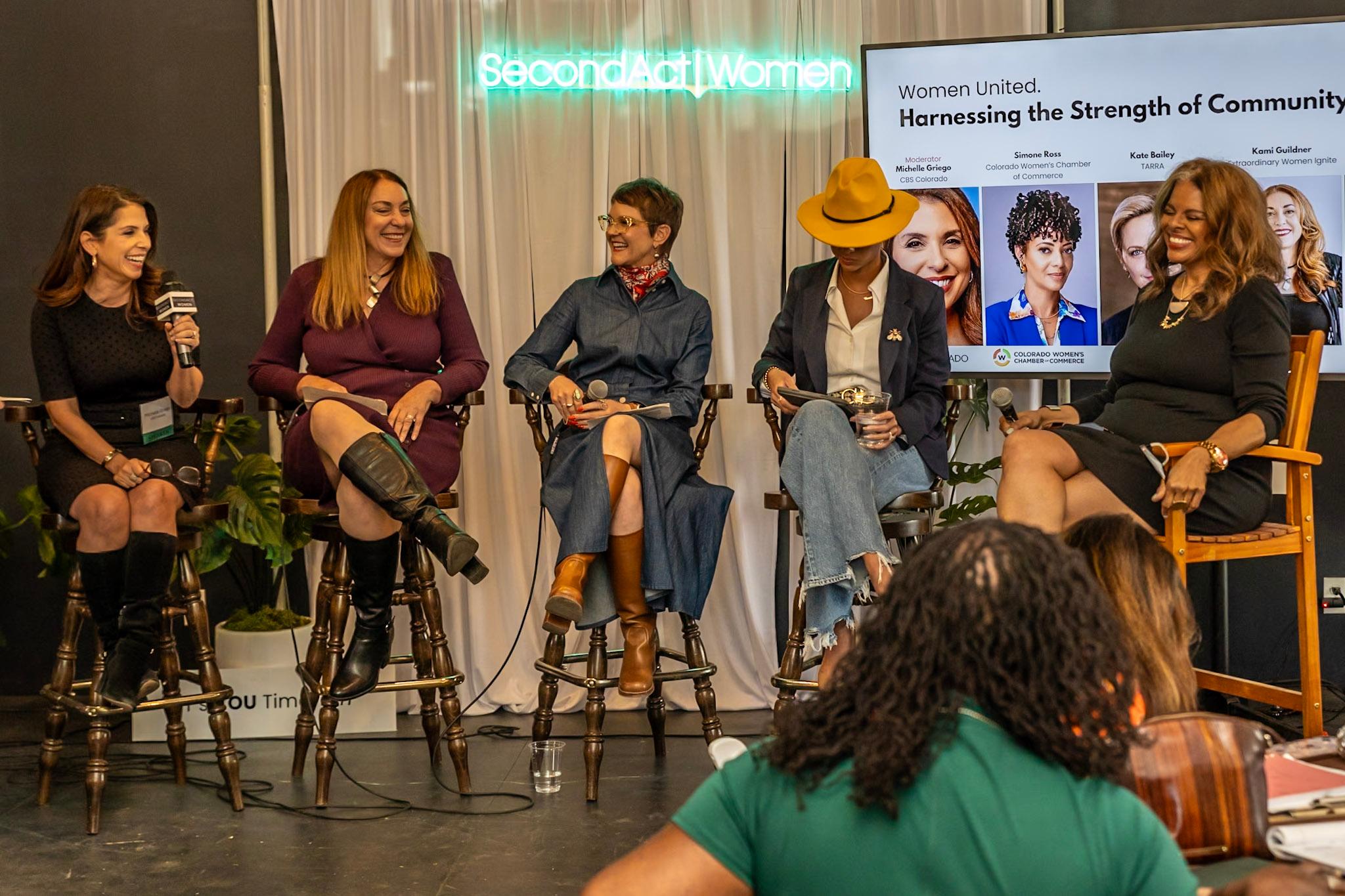
People who are colorblind can now see art in a new light at the Museum of Contemporary Art Denver.
The museum debuted EnChroma glasses on Tuesday. The specs have lenses engineered for people who have color vision deficiency to see colors more vividly and distinctly.
MCA Denver is the first Colorado museum to partner with the California-based company.
Museum director Nora Burnett Abrams said this will make their facility more inclusive and accessible.
“I think that contemporary art is something that can be off-putting and difficult for some people to engage with because it’s unconventional materials sometimes, or conceptual,” Abrams said. “So what we’re trying to do is provide resources for visitors to help them engage and feel like this is a place they want to come to repeatedly.”
It’s estimated that more than 300 million people worldwide experience color blindness, about 1 in 12 men and 1 in 200 women.

EnChroma glasses went on the market nearly a decade ago. The company had received support from SBIR grants from the National Institutes of Health to create the lenses.
Painter and MCA Denver installations manager Nick Silici was anxious to test out the glasses.
“This is going to be a crazy experience,” he said.
Silici, 44, is red-green color blind, the most common form.
“I don’t paint in reds and greens because I never find them satisfactory,” Silici said. “And even the art that I collect, I don’t like red or green work.”
After putting on the EnChroma glasses, Silici said the effect was immediate “as far as seeing the reds and the greens, which were very drab before and now are very vibrant.”
The experience of viewing art with them on has him itching to get back his studio and experiment with colors that he’s long avoided.

Christie Marcotte of Longmont also tested out the glasses. She said she can see most bright colors.
“(But) when you get into the subtle hues, I’ll confuse a pink with a brown," Marcotte said.
When she found out she was colorblind, Marcotte didn’t want to tell anyone out of embarrassment. Her colorblindness even hampered her aspirations of becoming a makeup artist after college.
“One time, I was applying what I thought was brown eye shadow to a customer’s eyes when she informed me that it was actually pink,” Marcotte said. “That embarrassed me, so I decided being a makeup artist was not for me.”
Marcotte, who now works as a surgical first assistant, put on the glasses and was surprised to see how much the colors “popped.”
“It’s crazy that that’s just what people see normally without any effort,” Marcotte said. “It’s like watching a 3D movie where you go in, put on the glasses on and you see all these things popping out at you. It’s kind of hard to wrap your brain around it.”
The museum’s memberships and community partnerships manager, Brad Ingles, who is also colorblind, presented the idea of offering the glasses at the museum.

Ingles had participated in an Art Fitness Training workshop at the museum.
“They were pointing out light pink in some of the paintings,” Ingles said. “I couldn’t see it and it was a very different experience than the [rest of the group].”
He had heard about cultural institutions offering EnChroma glasses and wanted MCA Denver visitors “to have an opportunity to see art how the artist intended it and just to be able to kind have a new look on life.”
Other museums that provide EnChroma glasses include the Georgia O’Keeffe Museum in Santa Fe, Chicago Museum of Contemporary Art, Museum of Art at the Rhode Island School of Design in Providence and Centraal Museum Utrecht in The Netherlands.
The glasses won’t work for everyone experiencing colorblindness, according to the American Academy of Ophthalmology.
But for Abrams, she’s thrilled if the glasses can enhance the art experience for even a few visitors in any way.
“It’s incredible to be in this room right now and witness the kind of life-altering moment that we are experiencing,” Abrams said. “And if we can do that for more people then that will be a huge moment of pride.”









